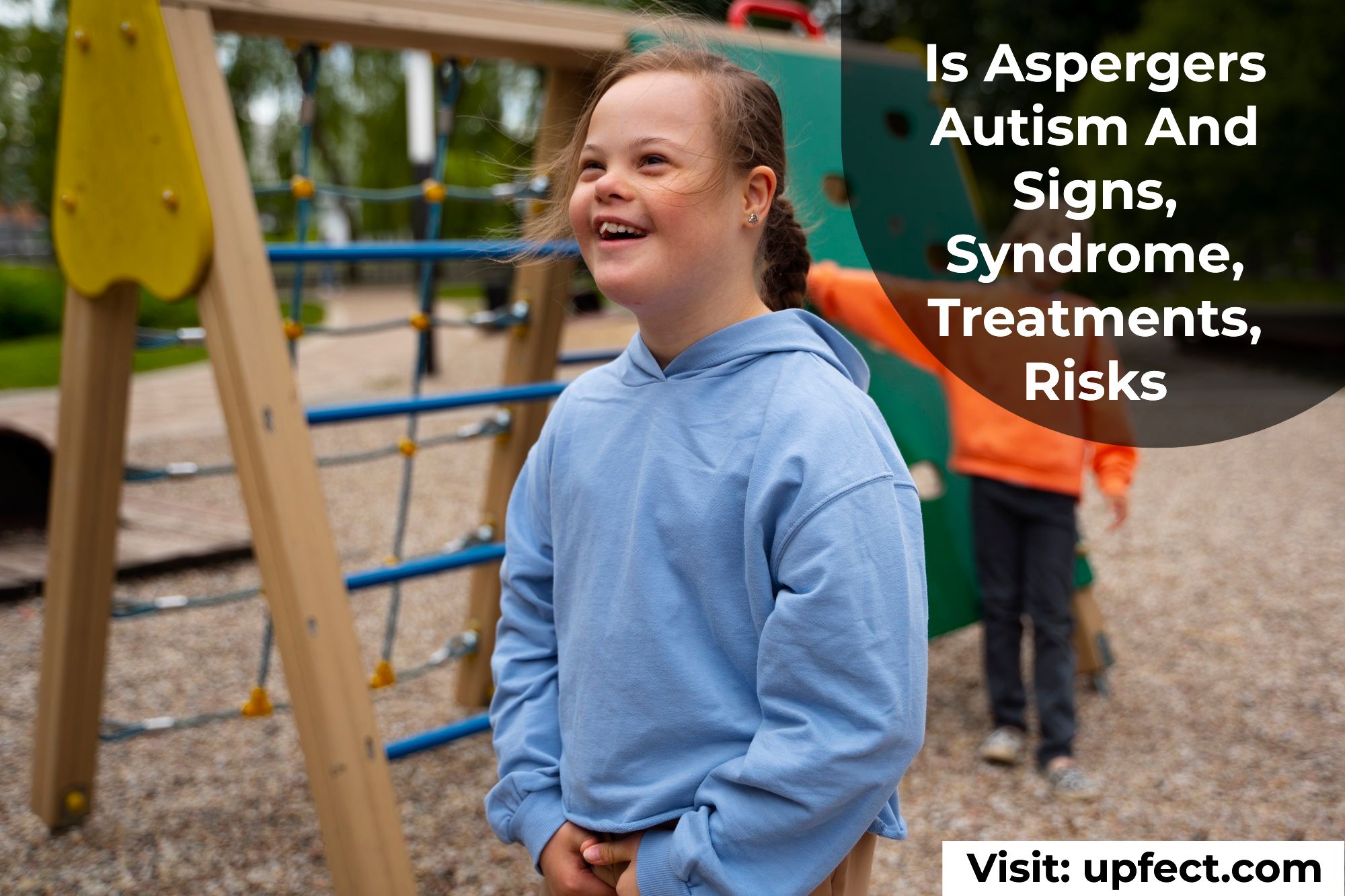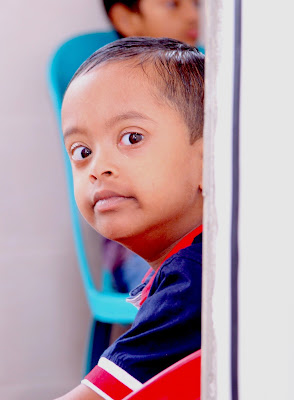
What is Autism?
What is Autism Spectrum Disorder?
1. Deficits in social-emotional reciprocity
- Is unaware of other people’s feeling
- Problems identifying/understanding feelings
- Lack of initiation of social interaction
- Abnormal social approach
- Lack of joint attention / reduced sharing of interests, emotions, and affect
- Failure of normal back forth conversation
2. Deficits in nonverbal communicative behaviors used for social interaction
- Poor eye contact
- No special smile/lack of facial expression
- Does not point or gesture to communicate one share interest in something
- Deficits in understanding and use of nonverbal communication
- Poorly interesting verbal and nonverbal communication
3. Problem developing and maintaining relationships, appropriate to developmental level ( beyond those with caregivers )
- Difficulties adjusting behavior to suit different social contexts
- Difficulties in sharing imaginative play
- Problems initiating interactions, responding to others, sustaining interactions
- Prefers to be alone
- Absence of interest in people
1. Stereotyped or repetitive speech, motor movements, or use of objects
- Echolalia- immediate and delayed
- Idiosyncratic phrases
- Hand flapping, spinning, toe-walking
- Repetitive use of objects
2. Excessive adherence to routines, ritualized patterns of verbal or nonverbal behavior, or excessive resistance to change
- Motoric rituals
- Insistence on the same route or good
- Repetitive questioning
- Extreme distress at small changes
3. Highly restricted, fixated interests that are abnormal in intensity or focus
- Restricted interests with a specific toy ( or part of the toy), hobby, topic
- Strong attachment or preoccupation with unusual objects
- Excessively circumscribed or perseverative interests
4. Hyper or hyporeactivity to sensory input or unusual interest in sensory aspects of the environment
- Hypersensitive to loud noises, hair washing, nail cutting, tags, bright lights, food textures, chaotic environment, smells
- Sensory seeking licking, jumping, deep pressure
- Excessive smelling or touching objects
- Fascination with lights or spinning objects
- Indifference to heat cold cold
What are the Signs and Symptoms of Autism?
- Not responding to their name.
- Avoiding and eye contact.
- Difficulties understanding other people’s emotions.
- Delayed speech, communication skills, and movement skills.
- Not smiling when you smile at them.
- Lack of communication to share interests and enjoyment.
- Lack of pretends play.
- Poor language comprehension or discrepancy between expressive and receptive language.
- Limited initiation with others for strictly social purposes.
- Being upset by loud noises.
- Physically aggressive behavior.
- Reliance on rules and routines.
- Having a very keen interest in certain activities.
- Abnormal body movement and facial expressions.
- Behavioral disturbances.
- Inappropriate social interaction.
- Anxiety, stress, or excessive worry.
What are the Types of Autism?
- Asperger syndrome.
- Pervasive syndrome.
- Autistic disorder.
- Rett syndrome.
- Childhood disintegrative syndrome.
Asperger Syndrome:
- It is also known as geek syndrome. People with this syndrome are intelligent and do their daily work but they may have problems socializing. Most people with this disorder are of normal or above-normal intelligence and process strong verbal skills, but social communication is a challenge. Symptoms could be inflexibility in thought and behavior, executive functioning problems, few facial expressions or trouble maintaining eye contact while speaking, clumsiness, and limited interest. They may also have a hard time relating to society.
Pervasive Syndrome:
- This type of disorder includes delays in language development, social development, and communication development as well. The most common symptoms are challenges in social and language development. People suffering from this disorder might be confused about the world around them. They also have less power of imagination. These people tend to be the highest functioning autistic types.
Autistic Disorder:
- It is also known as Kanner’s syndrome. It is one of the severe types of autism. Symptoms could be lack of communication and intellectual skills, lack of emotional attachment with others, uncontrolled speech, obsession with handling objects. This type of person may be sensitive to touch, sound or light at an intense level. Another symptom could be repetitive patterns of behavior, less eye contact not responding to name and inability to communicate.
Rett Syndrome:
- It is only found in girls. Girls with this syndrome suffer from communication impairment. It can be evident from the age of six months. It impairs the person able to move hands grinding, mental retardness, and delayed growth.
Childhood Disintegrative Syndrome:
- Most children with this syndrome have normal development until the age of 2. After that, they could lose whatever they learned after this period. Children with this disorder repeat the same behavior over and over. They can also lose self-care skills like feeding themselves by the time. The children may lose acquired language or vocabularies, social skills, and adaptive behaviors, some motor skills.
Risk Factors and Causes of Autism
- Genetics mutations. Families with one child with autism have an increased risk of having another child with autism when compared with the general population.
- Environmental factors. Exposure to heavy metals and environmental toxins. The risk of autism rises as pollution exposure increases. This link is strongest when exposure occurs in the final few weeks of pregnancy.
- Birth complications. Bacteria or viral infections in the mother during pregnancy have been found to slightly increase the risk of autism however this is only a minor factor. Low birth weight to causes of autism. Babies born very early before 26 weeks of pregnancy may have an even greater risk for developing one of these disorders.
- Medication during pregnancy.
- Being born to old parents. Older present, as a rule, are more likely to have children with developmental and other disorders. Older mothers are also at higher risk of pregnancy and birth complications. Autism is also more common Among couples with a gap in their ages of 10 or more years.
- Metabolic imbalances.
- Exposure to certain chemicals before birth may increase a baby’s risk for autism.
Treatments for Autism
- Behavioral therapy, in ABA-based therapy, attempts at desired behavior are positively reinforced. For example, a therapist might offer praise when a child tries to politely ask for help.
- communication therapy.
- Family therapy.
- Educational and school-based therapies.
- Cognitive behavior therapy.
- Speech therapy, diet modification, and certain medications can help control seizures.
- Joint attention therapy.
- Occupation therapy may help reduce involuntary movements and promote self-care.
- Medication therapy.
- Physical therapy can help increase mobility and straighten limbs.
- Early diagnosis and intervention are most helpful and can improve behavior, skills, and language development.




